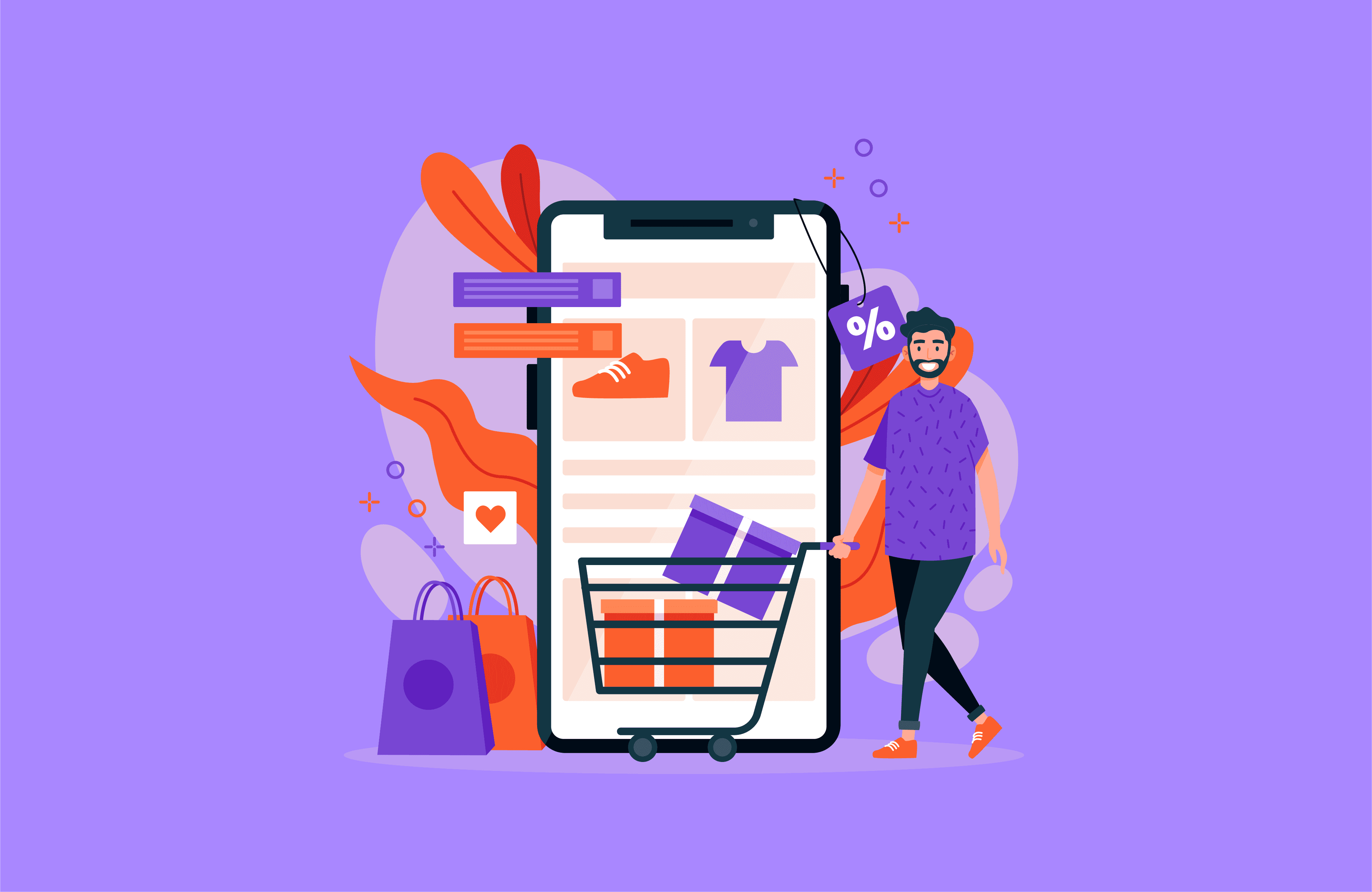Instagram has evolved from a photo-sharing app into a powerful e-commerce engine. With over 2 billion monthly active users and increasingly sophisticated shopping features, it’s a goldmine for online stores—especially when paired with smart digital marketing strategies.
If you sell products online, tapping into Instagram’s shopping tools isn’t just a good idea—it’s essential.
In this article, we’ll break down how to set up and optimize Instagram Shopping features to boost your e-commerce sales—with insights that also benefit agência de marketing, agência de tráfego pago, and companies specializing in criação de sites for online stores.

Why Instagram Shopping Matters for E-commerce
Before diving into the how, here’s why you should care:
Seamless product discovery: 70% of shopping enthusiasts turn to Instagram for product discovery.
In-app purchases: Customers can browse and purchase products without leaving the app.
Visual storytelling: Instagram allows you to show your products in context, increasing emotional connection and conversion.
These features make Instagram a must-have tool for agências de marketing looking to deliver results for e-commerce clients.
Step 1: Set Up Your Instagram Shop
To use shopping features, your account needs to meet some basic requirements:
Have an Instagram Business or Creator account.
Connect to a Facebook Page.
Upload a product catalog through Meta Commerce Manager or a supported e-commerce platform (like Shopify or BigCommerce).
Get account approval by submitting your shop for review.
Once approved, you’ll gain access to a Shop tab on your profile and product tagging features.
Tip for web developers: If you’re involved in the website creation, make sure your product catalog is synced correctly with Instagram and your store’s backend to avoid errors.
Step 2: Tag Products in Posts and Stories
After setup, start tagging products in your content:
In-feed posts: Tag up to 5 products per image or video. Users can tap to view details and pricing.
Stories: Use the product sticker to feature one item per story slide.
Reels and Lives: Tag products while showcasing them in use, offering a more immersive shopping experience.
Tip: Use lifestyle photos instead of plain product shots to make your tags feel more natural and engaging—an important tactic for agências de tráfego pago trying to optimize ad performance.
Step 3: Use the Instagram Shop Tab Strategically
Your Shop tab is like a mini storefront. Make sure it’s optimized:
Organize products into collections (e.g., “Best Sellers,” “New Arrivals,” “Summer Essentials”).
Write compelling product descriptions and use high-quality images.
Track performance inside Meta Commerce Manager to see what’s getting clicks and sales.
Marketing agencies should collaborate with design and development teams to ensure visual consistency between the Shop tab and the main e-commerce website.
Step 4: Promote with Paid Ads and Influencer Partnerships
Instagram’s Shopping Ads allow you to reach targeted users with:
Shoppable image or video ads in the feed and stories.
Dynamic ads that show products based on browsing behavior.
Agências de tráfego pago can leverage these tools to retarget abandoned carts, promote bestsellers, and A/B test different creatives for performance.
You can also collaborate with influencers who use product tagging in their own posts to generate trust and drive conversions.
Step 5: Use Instagram Insights to Refine Your Strategy
Track key metrics such as:
Product views
Product button clicks
Profile visits from shopping content
Use these insights to tweak your visuals, captions, and posting times for maximum impact. Whether you’re handling website creation, managing content, or running paid campaigns, these metrics are crucial to delivering ROI.
Final Thoughts
Instagram Shopping transforms casual browsing into actionable buying. By mastering its features—from product tagging to analytics—you turn your brand’s Instagram presence into a full-scale sales funnel.
Whether you’re an e-commerce entrepreneur or part of an agency, these tools open up new possibilities. For marketing agencies, paid traffic agencies, and teams working on website creation, leveraging Instagram’s e-commerce capabilities is key to staying competitive in 2025.

